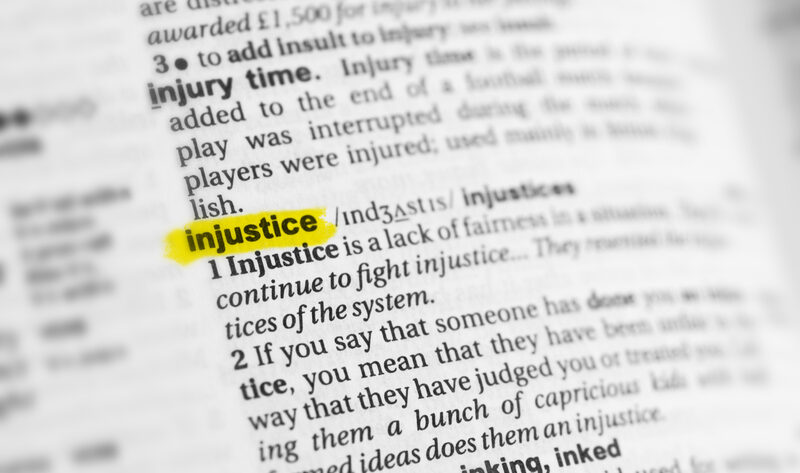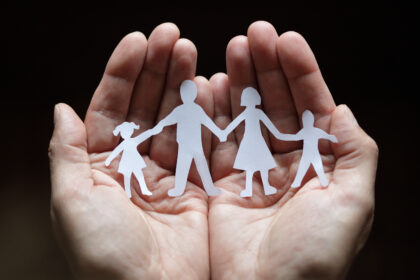How Discrimination Leads to Social Injustice
The study of stereotypes, prejudice, and discrimination requires a complex mapping of the problems. In specific, it requires the investigation of the nature of the problem, the causes of the problem, and the reduction of the problem (Kassin, et al., 2017). Many other factors are important to analyze, including relative deprivation, social identity, self-categorization, and social categorization. Oftentimes there may be hints to social identity. One example is how music preference signals behavior and identity (Shepherd and Sigg, 2015). There are also social elements people will avoid for latent psychological reasons.
Forms of Discrimination and Social Injustice
Understanding racism and other forms of discrimination means determining motivation, cultural factors, and many other forms of bias. Many studies have found that these activities (engaging in racism, discrimination, or stereotyping) becomes contagious, like a social virus (Bhugra, 2016). Fortunately, changing cognition is still possible, among other techniques for activating successful social psychological solutions (Kassin, et al., 2017). It does involve outmaneuvering general distortions in perceptions and the social resistance to change.
Relative Deprivation, Self-Categorization, and Social Identification
Relative deprivation takes the study of discrimination and injustice much further in investigating the resulting human behavior of inequality (Chadee, 2011). Some psychological phenomena such as social identity, self-categorization, and social categorization, may explain some parts of how stereotypes and forms of injustice develop (Chadee, 2011). The concepts of self judgment and social acceptance have created a strange, but oddly appropriate, phenomena of “us and them.” In other words, in most cases, someone can identify with several social groups (gender, social identity, etc.) which makes them a part of each group, or “us.” The people who are not a part of the same group, would be labeled “them” (Chadee, 2011). One study presented the idea of “Identity Fusion” which explained how people’s behaviors within a group become equivalent as they fuse to a group (Swann, 2009).
Music Preference and Social Identity
It is interesting that some widespread social influences, such as music genres, can have such an impact on social identity and self-categorization. Studies have determined that music can affect self-esteem as well as literally pairing an individual to a particular group or social category (Shepherd, 2015). It is even possible to map an individuals self-liking and predict social identity based upon music preference (Shepherd, 2015). Many studies have supported the idea that music can even be used in therapy to improve mood (Cassileth, 2003).
Stereotypes and the Resistance to Social Change
Sometimes there are psychological phenomena which create mass social behaviors. Stereotyping is clearly one of the easiest ways to explain this prejudice. One example would be the avoidance of activists. Activists are frequently less-supported due to the negative stigma built upon their stereotype (Bashir, et al., 2013). It is more interesting when the motivation of the activists are taken into account. Most activists have fairly reasonable requests to social change. Unfortunately for the activists, however, the stereotype of change at all has most people still unwilling to provide support (Bashir, et al., 2013). And some causes are on such polar, extreme sides of a situation (such as political climate), it can be hard to stand for many other reasons (Brandt and Reyna, 2017).
Conclusion
Compared to the overall lifespan of psychology, many topics are still relatively new in development and research. The realm of how psychological mechanisms or theories can explain discrimination and similar social problems is also very new. Self-categorization and social identity may be a bit further ahead, but there is still a lot for new psychologists to discover. The good news, however, is use of psychological mechanisms to favorably change social problems such as stereotyping and prejudice is possible. And it is also possible to better investigate the concept of social identification in order to understand the social patterns and flow of society.
References
Bhugra, D. (2016). Social discrimination and social justice. International Review of Psychiatry (Abingdon, England), 28(4), 336–341. https://doi- org.ezproxy.liberty.edu/10.1080/09540261.2016.1210359
Brandt, M., Reyna, C., (April 23, 2017). Individual Differences in the Resistance to Social Change and Acceptance of Inequality Predict System Legitimacy Differently Depending on the Social Structure. European Journal of Personality. Vol (31). Iss (3). Pp. 266-278.
Cassileth, B., Vickers, A., & Magill, L. (2003). Music therapy for mood disturbance during hospitalization for autologous stem cell transplantation. Cancer., 98(12), 2723–2729. https://doi.org/10.1002/cncr.11842
Chadee, D., (2011). Interdependence in Social Interaction by Ann C. Rumble. Theories in Social Psychology. Blackwell Publishing Ltd. United Kingdom. Pp. 191-193.
Kassin, S., Fein, S., Markus, H. R., (2017). Social Psychology. Tenth Edition. Cengage Learning. Boston, MA. Pp. 5-6. Swann, W. B., Jr., Gómez, Á., Seyle, D. C., Morales, J. F., & Huici, C. (2009). Identity fusion: The interplay of personal and social identities in extreme group behavior. Journal of Personality and Social Psychology, 96(5), 995–1011. https://doi- org.ezproxy.liberty.edu/10.1037/a0013668




